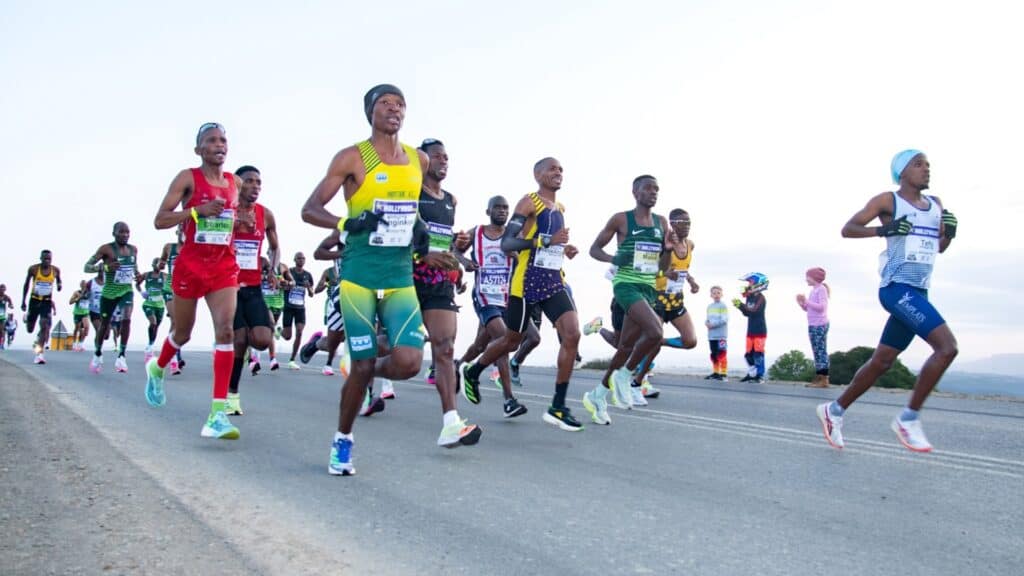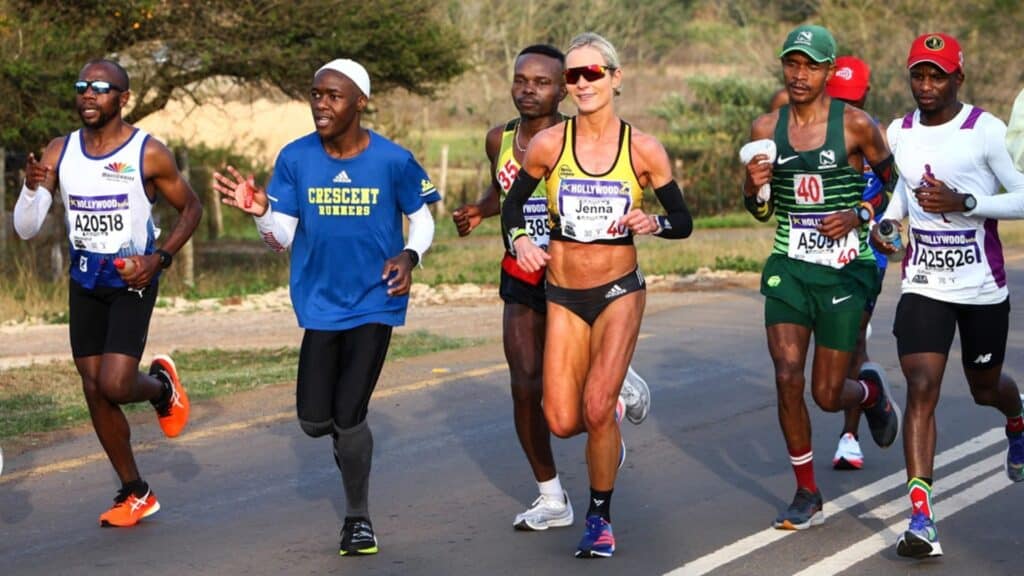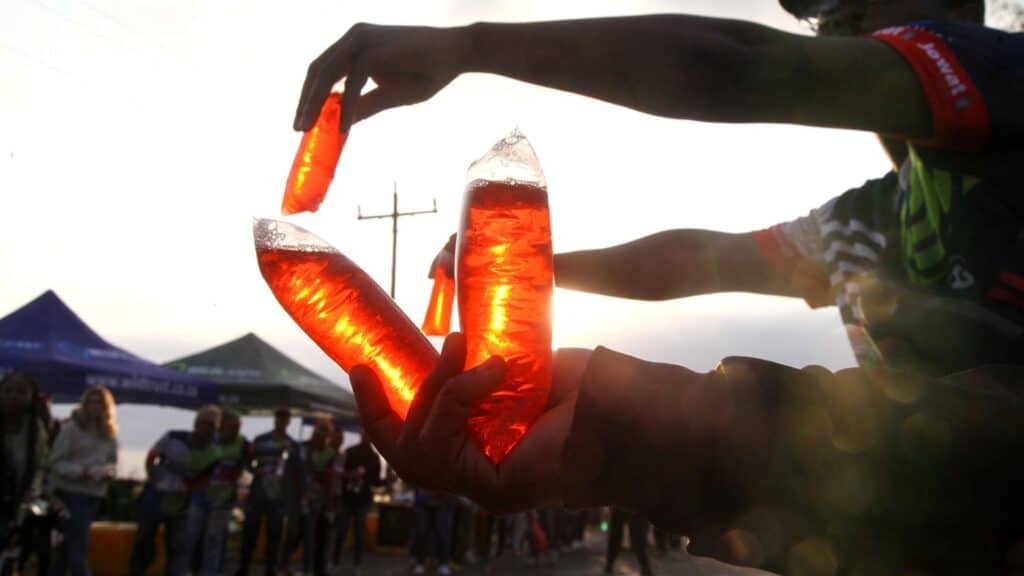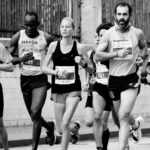The Comrades Marathon stands as one of the ultimate tests of human endurance, challenging runners to conquer an ultra-distance race spanning approximately 90 kilometers through the picturesque landscapes of South Africa.
With its grueling terrain and varying elevations, pacing becomes a critical component for success in this legendary race.
In this comprehensive guide, we delve into the art of pacing, providing invaluable insights and strategies to help runners navigate the intricacies of the Comrades Marathon.

Understanding the Complexity of Pacing
Pacing a race as demanding as the Comrades Marathon requires a nuanced approach. Unlike shorter races where maintaining a consistent pace is more straightforward, the varying terrains and distances of different segments in the Comrades course present unique challenges.
Runners must contend with steep ascents, long descents, and undulating paths, each requiring careful consideration and adaptation of pacing strategies.
The Role of Pacing Charts
One effective tool in the arsenal of Comrades runners is the pacing chart. These charts, often available at race expos, provide a guideline for target paces across different segments of the course. By plotting the desired minutes per kilometer for each section, runners can establish a roadmap for their race, setting realistic goals while accounting for the terrain’s challenges. Pacing charts serve as a valuable reference point, offering reassurance and guidance amidst the race’s uncertainties.
Navigating Fluctuations in Pace
Despite meticulous planning, maintaining a consistent pace throughout the Comrades Marathon proves challenging.
The course’s dynamic nature means that runners will inevitably encounter fluctuations in speed due to changes in elevation and terrain.
For example, a 13-kilometer stretch might feature a demanding climb followed by a lengthy downhill, resulting in significant variations in pace. Rather than fixating on precise lap times, runners should focus on adhering to average pace targets for each segment while allowing for natural fluctuations.

Adapting on the Fly
Flexibility is key when it comes to pacing the Comrades Marathon. Unexpected factors such as weather conditions, fatigue, and terrain changes can necessitate adjustments to initial pacing plans.
If a segment’s pace deviates from the intended target, runners must assess the situation objectively and recalibrate their approach accordingly. Slowing down slightly to conserve energy or speeding up to capitalize on favorable conditions are viable strategies to adapt on the fly without compromising overall race performance.
Strategies for Precision Pacing
While pacing charts offer valuable guidance, some runners may prefer a more precise approach to pacing. In such cases, turning off auto lap features on GPS watches and utilizing average pace metrics for specific segments can provide greater accuracy. By monitoring average pace rather than lap times, runners can gauge their progress more effectively, making real-time adjustments to maintain optimal pacing throughout the race. Additionally, identifying landmarks or checkpoints along the course enables runners to set intermediate goals and track their performance against predetermined targets
The Mental Aspect of Pacing
Pacing the Comrades Marathon is not just a physical challenge but also a mental one. The relentless distance, coupled with the need for constant vigilance in pacing, can take a toll on runners’ mental fortitude.
Staying mentally resilient requires a combination of focus, determination, and positive self-talk. By reframing perceived challenges as opportunities for growth and maintaining a resilient mindset, runners can overcome adversity and stay on course to achieve their pacing goals.
Navigating Nutrition and Hydration
In addition to pacing, nutrition and hydration play crucial roles in a runner’s performance during the Comrades Marathon.
Maintaining optimal fueling and hydration levels is essential for sustaining energy levels and preventing dehydration and fatigue. To support endurance efforts, runners should develop a comprehensive nutrition and hydration plan tailored to their individual needs and preferences.

Hydration Strategy
Proper hydration begins well before race day, with runners advised to prioritize fluid intake in the days leading up to the event.
During the race itself, frequent hydration is key, with aid stations positioned along the course offering water, electrolyte drinks, and other replenishing fluids.
Runners should aim to drink regularly, even if they don’t feel thirsty, to prevent dehydration. However, it’s essential to strike a balance, as overhydration can lead to hyponatremia, a potentially dangerous condition caused by low sodium levels in the blood.
Related: Can You Run a Marathon With a Hydration Pack?
Nutrition Plan
In addition to hydration, fueling the body with the right nutrients is essential for sustaining energy levels throughout the marathon.
Carbohydrates are the primary source of fuel for endurance activities, making carb-loading in the days leading up to the race a common practice among runners.
During the race, runners should consume easily digestible carbohydrates such as energy gels, sports drinks, bananas, and energy bars to maintain glycogen levels and stave off fatigue. It’s crucial to experiment with different foods and drinks during training to identify what works best for individual preferences and digestive tolerance.
Mastering the art of pacing is essential for success in the Comrades Marathon. By employing strategic planning, adapting to changing conditions, and maintaining mental resilience, runners can navigate the course with confidence and efficiency. Whether following pacing charts or utilizing precise pacing strategies, the key lies in finding a balance between structure and flexibility. With proper pacing, runners can unlock their full potential and conquer the ultimate test of endurance in the Comrades Marathon.
Related: Running Nutrition: 8 CRUCIAL Nutrition Tips You Need To Know



Comments are closed.